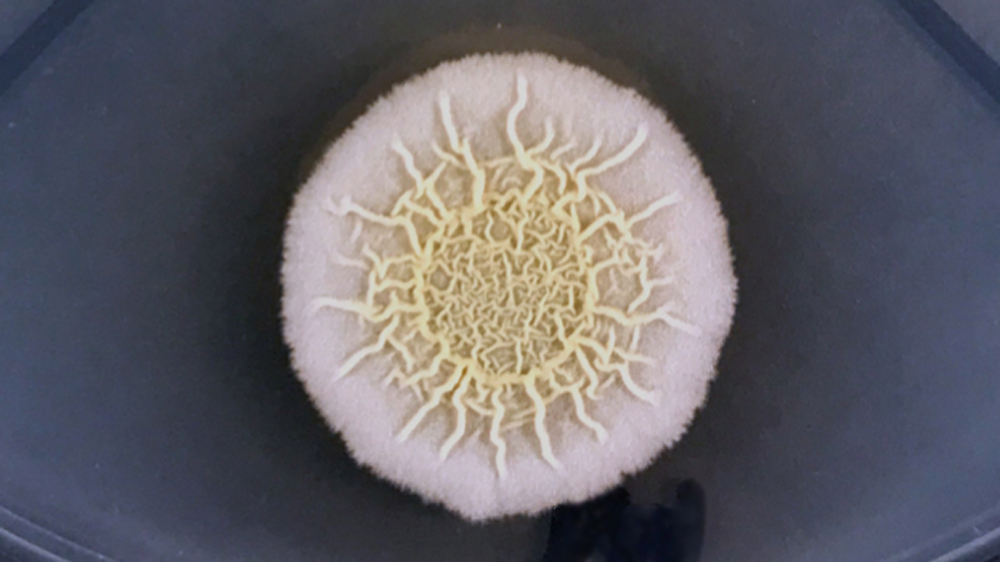Spores to Help Combat Coronavirus
There's optimism in the air in Cornel Fraefel's lab. His team have just found out that their coronavirus vaccine project has been awarded a grant of half a million Swiss francs by the Swiss National Science Foundation. The virologist from the Vetsuisse Faculty convinced the expert panel of his novel approach using bacterial spores, and his proposal was approved. "We're over the moon," says the usually reserved scientist, enthusiastically. To demonstrate the uniqueness of this approach, you only need to look at the World Health Organization's long list of candidate vaccines, which comprises more than 160 projects, 28 of which are already in the first phase of clinical trials. But not a single one of these projects uses the route that Fraefel and his colleagues Claudio Aguilar and Catherine Eichwald are using.
Oral vaccination
What the researchers are aiming for is a vaccine delivered via the spores of the bacterium Bacillus subtilis – a vaccine that you could just swallow and not have to inject into the blood. The microscopic spores are heat-stable and resistant to environmental conditions and can thus be stored and transported easily. Unlike many other vaccines, they do not require costly refrigeration, which makes them easier to use in rural areas in developing countries, for example. Once swallowed, the spores of B. subtilis pass through the stomach and develop their immunisation protection in the small intestine. In short, spores are the ideal dosage form for a vaccine, if they work.
And Cornel Fraefel is convinced they do. The immunisation protection is based on a genetic modification of the bacterial genome to insert the gene sequences of the Sars-CoV-2 envelope protein. The bacteria modified in this way are then cultivated in a shaker for several days in a lab to stimulate the formation of spores. The ball-shaped spores are extremely resistant and enter a sort of dormant state to survive hostile environmental conditions. If these spores are then ingested, they pass through the stomach and germinate in the small intestine. This results in a bacterial film, which contains the coronavirus protein antigens. The human immune system reacts in the same way as with a conventional vaccine by producing antibodies and memory or helper cells – at least this is the expectation.
"The process works in principle and has been successful in initial vaccines in the veterinary field," says Cornel Fraefel. His team have already developed a vaccine against dog tapeworm in this way. A good immune response – including the production of various types of immunoglobulins and a T-cell response – were detected in animal trials, which raises hope of an effective vaccine for humans.
Safe for the environment
Biological safety is a specific consideration in this project: Because genetically modified bacteria/bacterial spores are used, it is important to ensure that they cannot multiply if they are inadvertently released into the environment. Fraefel's team therefore developed a biocontainment system by modifying the genetic material to ensure that the microbes can no longer multiply if they are released.
Thanks to the SNSF grant, Fraefel's team are now working flat out to develop the promising vaccine. The genetic construction of B. subtilis is likely to take two to three months. This will be followed by studies on the immune response and safety in animals, with the participation of coronavirus expert Volker Thiel from the University of Bern. If everything goes according to plan, the vaccine candidate should then be tested on humans. This will show whether the new technique lives up to expectations. If a suitable vaccine looks likely, industrial partners will need to get on board and back the project.

